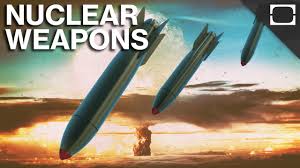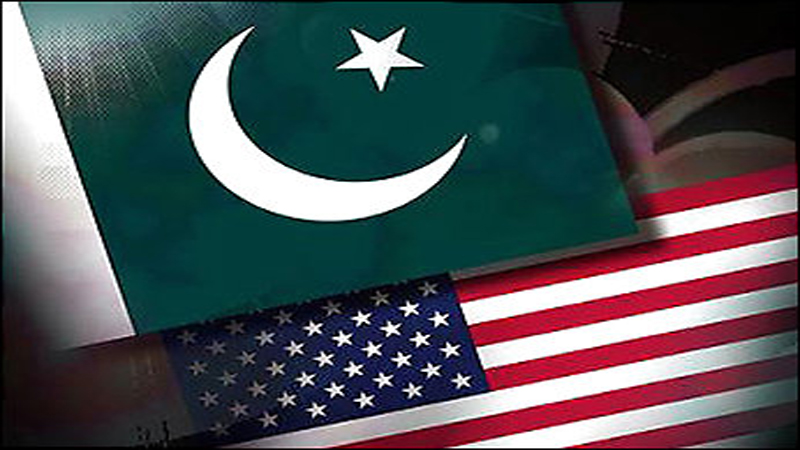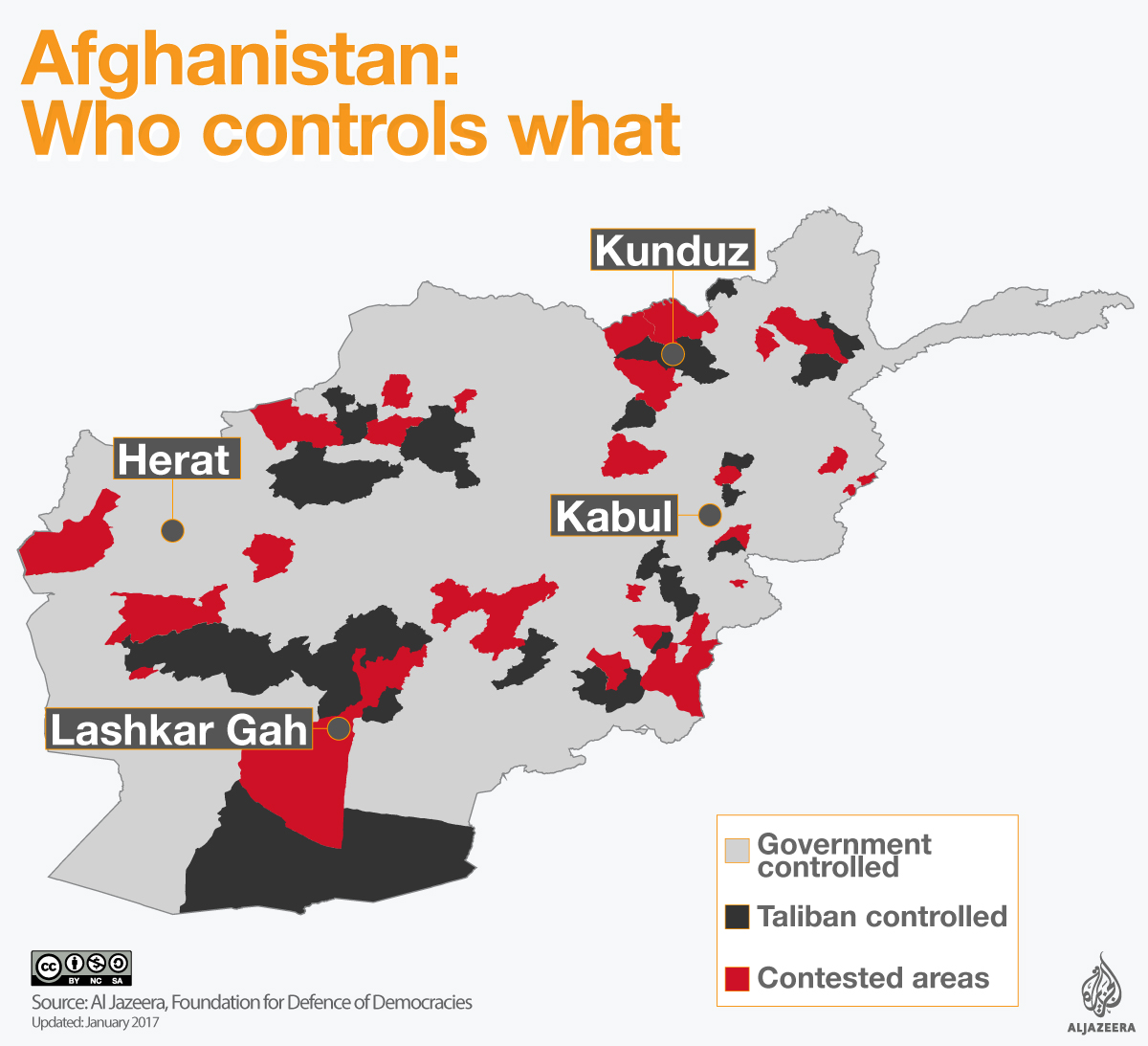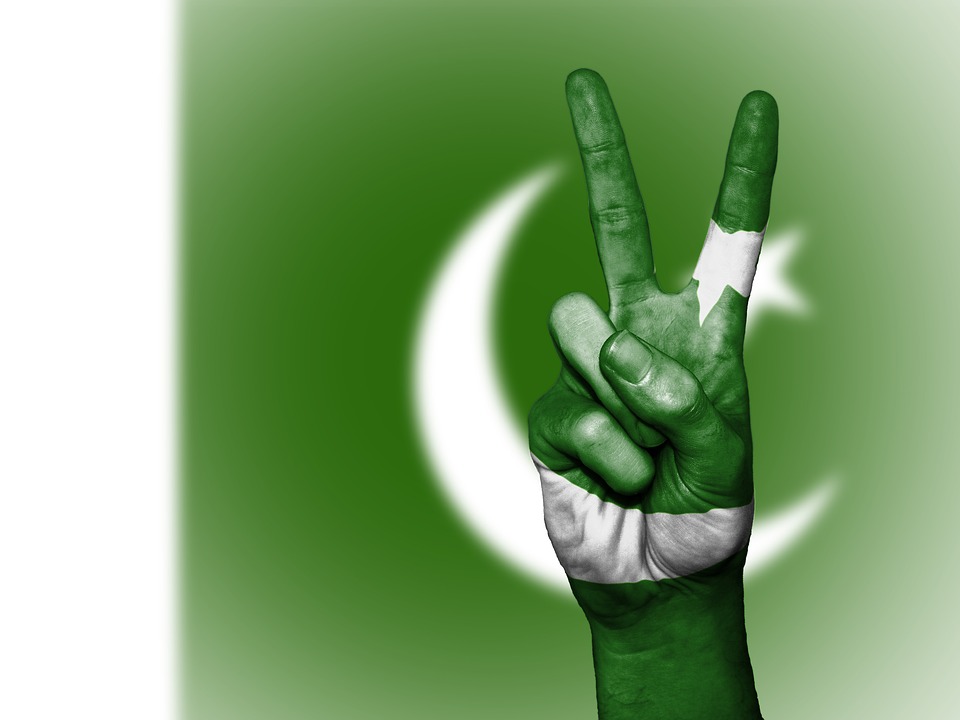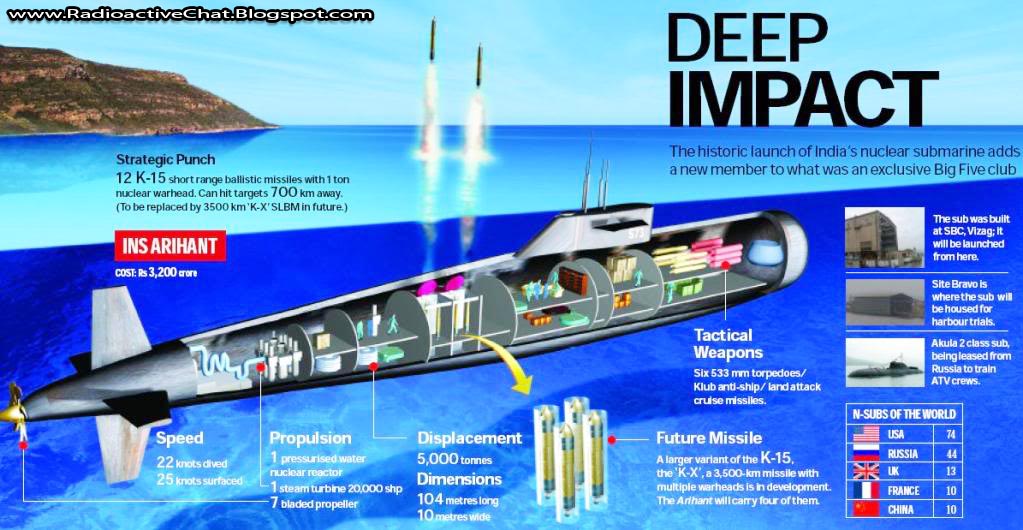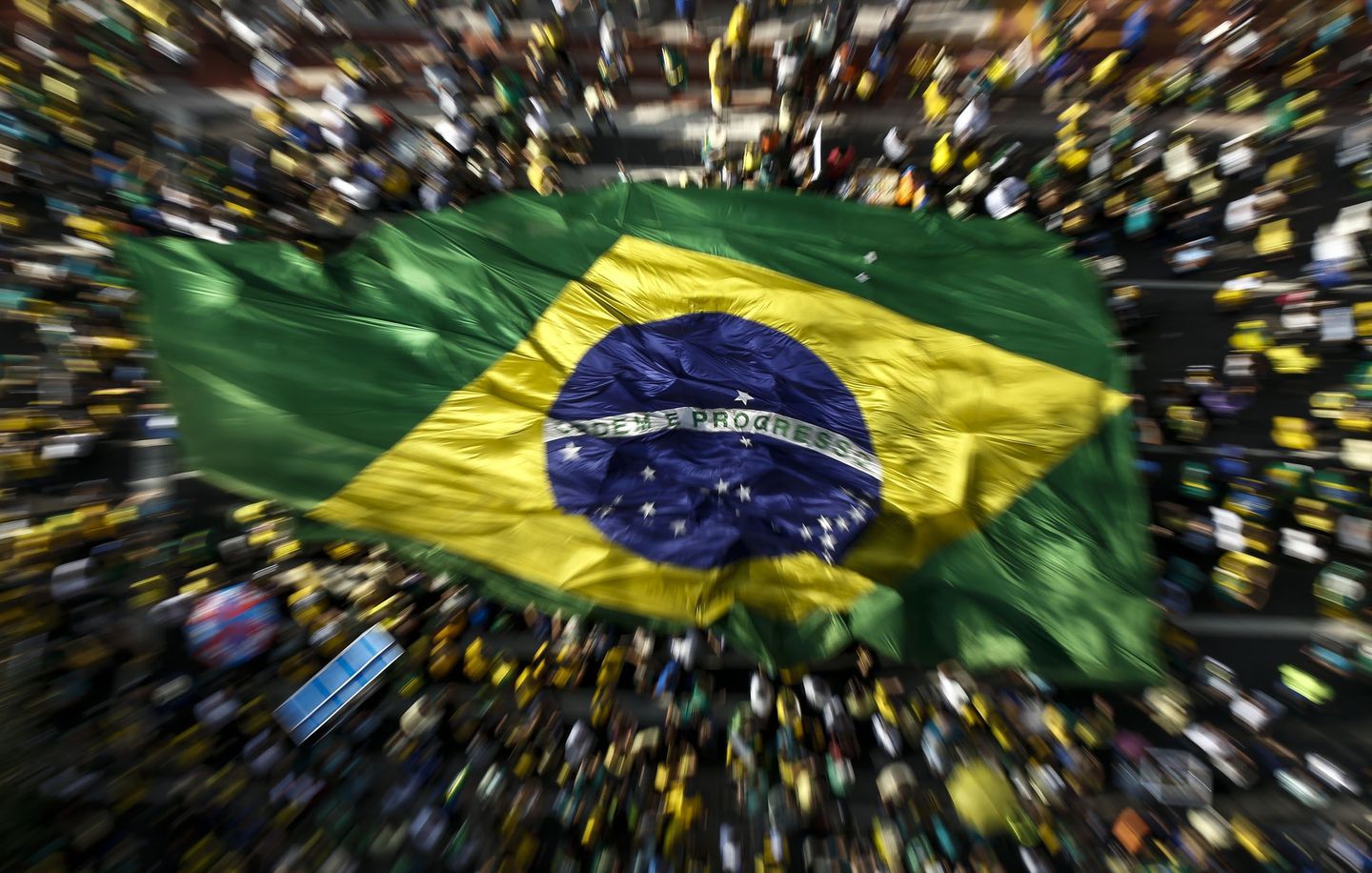Summary
The interests of South Korea have once again fallen victim to the interests of larger powers: the United States and China. Washington is currently circulating a draft of a U.N. Security Council resolution against North Korea for its recent nuclear and missile tests — a resolution that stands a much better chance of being passed if it is supported by China. In return for China’s cooperation, the United States will halt the potential deployment of a controversial air defense system to South Korea, according to several news agencies. Some of those news agencies suggest that Washington has even backtracked on its claim that Seoul urgently needed the defense system. These media outlets are portraying this as a U.S. attempt to curry favor with Beijing so that stricter sanctions can be levied against North Korea.
If true, Washington’s ploy may well appease Beijing in the short term, but it raises some long-term concerns for Seoul, particularly ahead of parliamentary elections. If South Korean lawmakers decide they no longer want to be at the mercy of the United States, they could also decide to move forward more quickly and more enthusiastically with their country’s push to build up its own defense industry. But the factors driving this push are not always so blatant. South Korea often finds itself caught between the interests and actions of the much larger China and United States, and this only adds impetus to South Korea’s defense effort.
Analysis
The prospect of sending the air defense system — the Terminal High Altitude Area Defense anti-ballistic missile system, more commonly called THAAD — to South Korea has been around for a few years. The issue flared at the end of 2015; China railed against the possibility of THAAD systems in South Korea even as Seoul denied that formal discussions with Washington had even taken place. That it would downplay the discussions makes sense: Seoul has to maintain economic and security relations with both the United States and China, and it has to contend with domestic political factions that oppose new military initiatives with the United States. Partly because of the outrage of the South Korean public over a potential intelligence sharing deal with Japan and the United States, officials in Seoul realized that such issues ought to be discussed quietly.
Just a Delay
China, of course, never wanted the THAAD so close to its border. But its advocacy against it left the impression that Seoul’s foreign policy was being shaped not by the United States but by China. This impression was deepened when South Korean President Park Geun Hye decided to attend a major Chinese military parade and to delay a visit to the United States because of an outbreak of Middle East respiratory syndrome. The decisions raised questions in Washington of just what South Korea brought to the U.S. regional alliance structure.
When North Korea tested its missiles and its nuclear capabilities, the South Korean government sought to put a strong face on at home and to shore up the seemingly strained relations with the United States. To that end, Seoul took the extreme step of pulling South Korean businesses out of the Kaesong Industrial Zone in North Korea and called for formal discussions on the deployment of THAAD — the deployment that Washington had wanted.
The move did not go unnoticed by Beijing, which opposes THAAD less for what the system actually does and more for the precedent it would set — namely, expanding U.S. missile defense systems to mainland Asia. Seoul calculated that the benefit of mending relations with the United States (while sending a strong message to North Korea) outweighed the cost of provoking China. Washington quickly stepped in and announced the imminent establishment of a joint working group to discuss the deployment, but the discussions were delayed partly because of deliberations over North Korean sanctions.
Whether the United States and China actually came to an explicit agreement is unclear, though, notably, the media coverage surrounding the affair certainly makes it appear as though they did. But Beijing and Washington recognize the limits of sanctions and the broader issues of missile defense. A short term delay may have been politically expedient, but barring some very different behavior from China that truly limited North Korean nuclear and missile programs, it is just a delay, not the end of THAAD entirely.
Interests Cast Aside
Washington’s ostensible reversal could not have come at a worse time for the South Korean government. For the South Korean public, THAAD is as controversial as it is in China, albeit for different reasons. Indeed, concerns over THAAD abound, particularly in the five cities that have been floated as potential deployment sites: Pyeongtaek, Daegu, Waegwan, Wonju and Gunsan. Those concerns include falling real estate values, potential health risks over the electromagnetic field THAAD-associated radar systems produce and a general unease with increased U.S. military presence. South Korea will hold parliamentary elections in April, and while members of the ruling conservative Saenuri Party have largely supported the deployment, many of their constituents do not, so they have had to adjust heir stances accordingly.
Domestic considerations aside, the THAAD issue also goes to the heart of South Korea’s foreign policy dilemma. All too often Seoul gets caught in the middle of China and the United States, which sometimes ignores South Korea’s interests even as it guarantees its security. In 2010, for example, the United States delayed the deployment of a U.S. aircraft carrier to waters near North Korea following the sinking of a South Korean ship, the Cheonan. Such is the lot of South Korea, whose location and insufficient domestic military capabilities leave it vulnerable to larger economic and security partners. That its partners have such a contentious relationship certainly does not help.
South Korea could improve its position by strengthening its indigenous defense capabilities — something the THAAD controversy may encourage it to do — and by further expanding economic ties to other countries. Under former Presidents Kim Dae Jung and Roh Moo Hyun, Seoul accelerated its program to make its military more autonomous, but its efforts have slowed for economic and political reasons in recent years.
That trend may soon reverse. South Korean politicians have once again raised the idea that Seoul should pursue its own nuclear capability (something not likely politically feasible any time soon), and Seoul is pressing forward with its own missile defense systems and space program. The rising role of Japan in the region further reinforces to South Korea the need to strengthen itself, and more important, to expect that its security concerns will not always align with Washington’s. THAAD may be one of many chips in the U.S.-China balance, but for Seoul it is one more demonstration of the need to accelerate its own indigenous capabilities, considering it is such a small country caught between two great powers.



